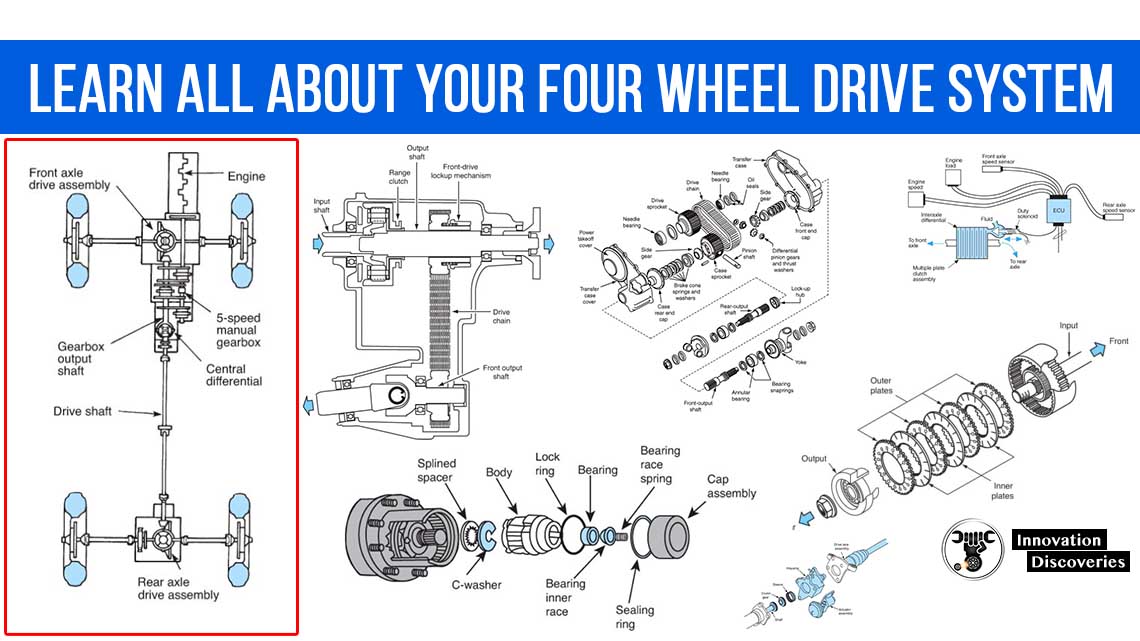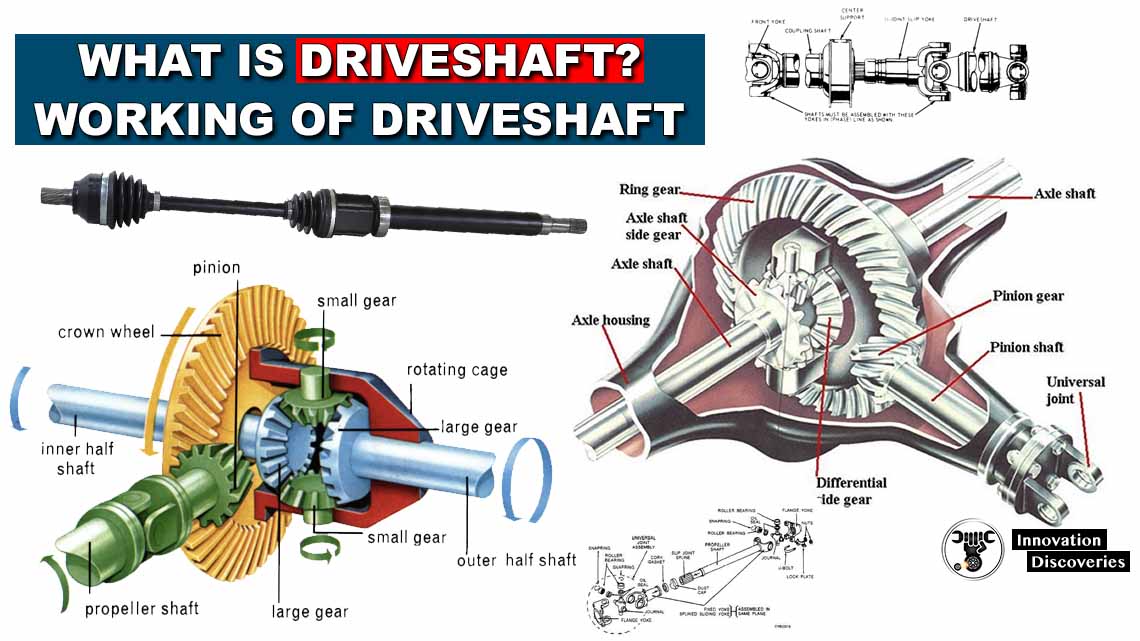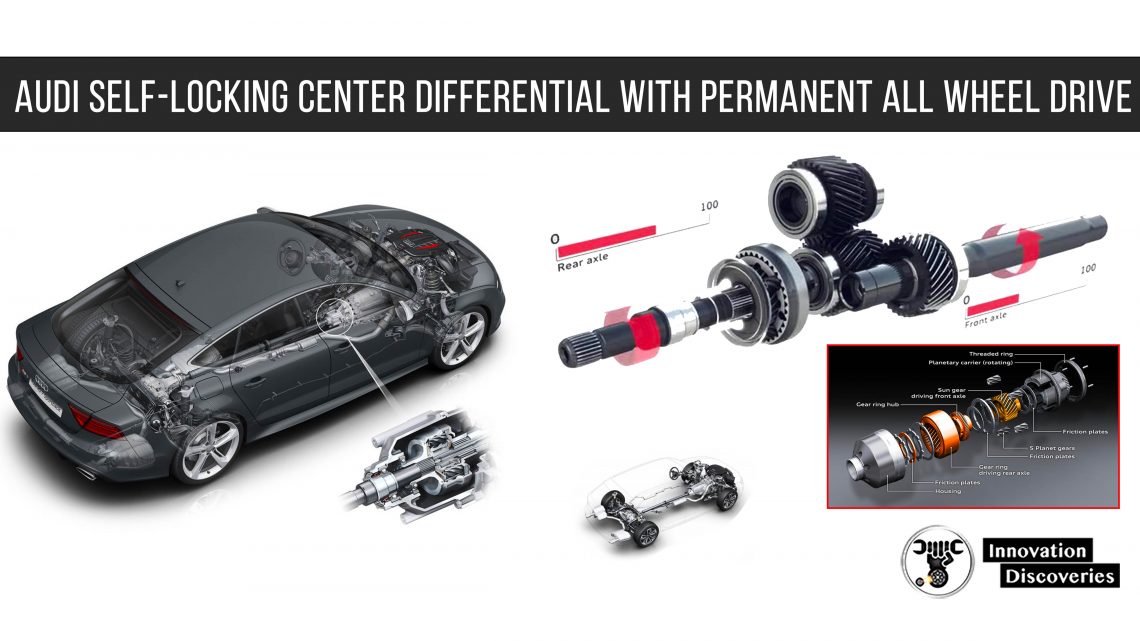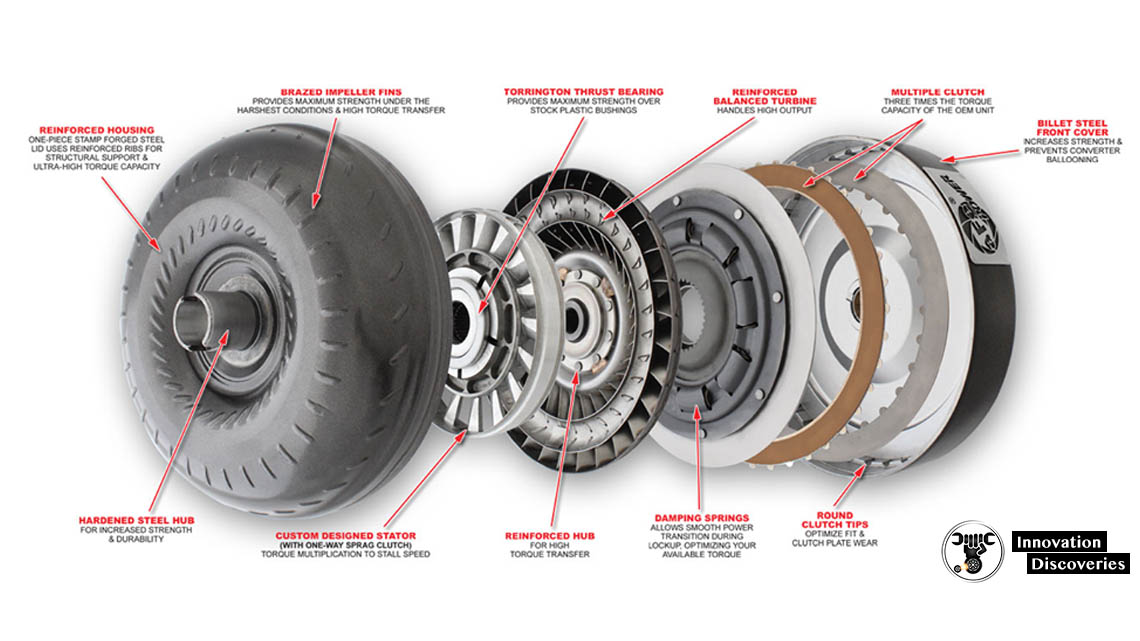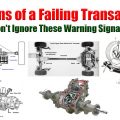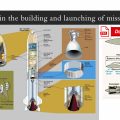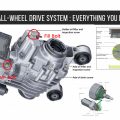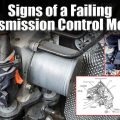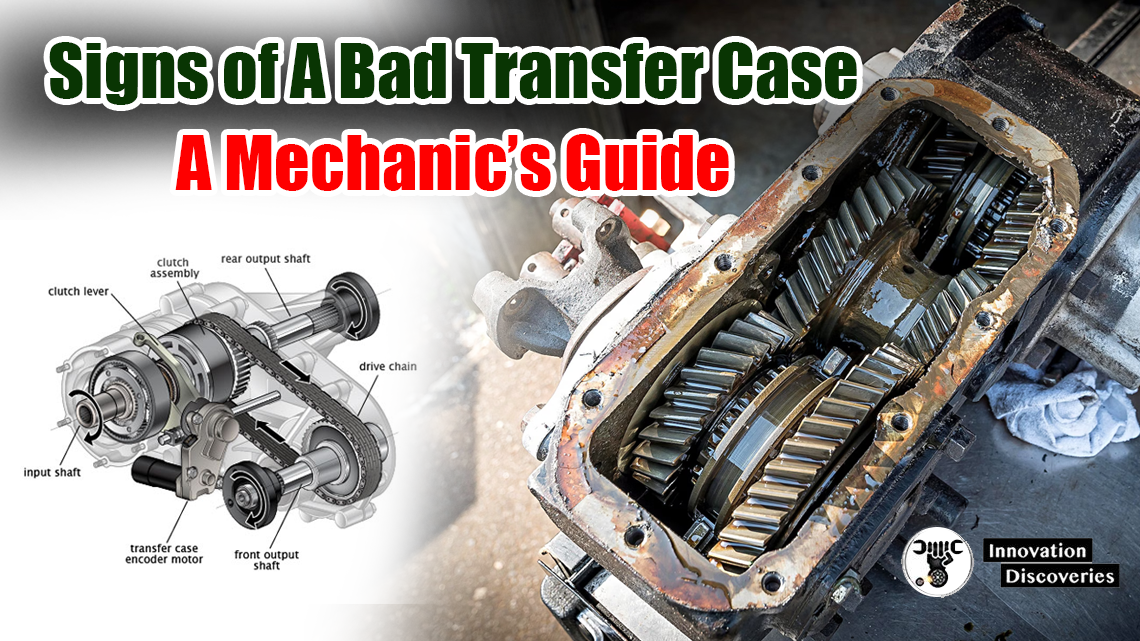
Introduction:
As a seasoned mechanic, I’ve encountered various automotive issues throughout my career, and one of the trickiest to diagnose can be problems with the transfer case.
Responsible for distributing power from the transmission to both the front and rear axles, the transfer case is vital for smooth operation, especially in four-wheel and all-wheel drive vehicles.
In this article, I’ll delve into the signs indicating a faulty transfer case, empowering you to recognize these issues early and seek professional assistance before they escalate.
Understanding the Transfer Case: Before we delve into the signs of a bad transfer case, let’s briefly understand its role.
The transfer case is a gearbox found in four-wheel drive and all-wheel drive vehicles. Its primary function is to transfer power from the transmission to the front and rear axles, ensuring all wheels receive torque for traction.
This component operates in conjunction with the transmission and is essential for smooth vehicle operation, especially in off-road conditions.
Signs of a Bad Transfer Case:
1. Strange Noises:
A common indicator of transfer case issues is unusual noises emanating from underneath the vehicle. These sounds may include grinding, whining, or clunking noises, particularly when shifting gears or engaging four-wheel drive.
Such noises often indicate internal damage, worn bearings, or insufficient lubrication within the transfer case.
2. Difficulty Shifting Gears:
If you notice difficulty or resistance when shifting gears, especially when switching between two-wheel and four-wheel drive modes, it could signify a problem with the transfer case.
Hard shifts, delays, or the inability to engage certain gears may indicate internal damage or synchronization issues within the transfer case.
3. Gear Slippage:
Another sign of a failing transfer case is gear slippage. This occurs when the vehicle unexpectedly slips out of gear, causing a loss of power to the wheels.
Gear slippage can jeopardize vehicle control and safety, particularly during off-road excursions or adverse weather conditions where traction is crucial.
4. Fluid Leaks:
Leakage of transmission fluid or transfer case fluid is a clear indication of a problem. Inspect the underside of your vehicle for signs of fluid leaks, particularly near the transfer case.
Leaks may occur due to damaged seals, cracked housing, or worn components within the transfer case, leading to inadequate lubrication and potential internal damage.
5. Illuminated Dashboard Warning Lights:
Modern vehicles are equipped with onboard diagnostics systems that monitor various components, including the transfer case.
If your vehicle’s dashboard displays warning lights such as the “4WD” or “Service 4WD” indicator, it’s crucial to have the system inspected promptly.
Ignoring these warnings could exacerbate the issue and lead to costly repairs down the line.
Should you drive your car with a bad transfer case?
Driving a vehicle with a bad transfer case is not advisable. A malfunctioning transfer case can compromise the drivability and safety of your vehicle, especially if it fails while you’re on the road.
Continuing to drive with a faulty transfer case can lead to further damage to other drivetrain components, potentially resulting in costly repairs.
Moreover, operating a vehicle with a compromised transfer case can pose safety risks, particularly in adverse weather conditions or off-road environments where traction is essential.
If you suspect issues with your transfer case, it’s best to have it inspected by a professional mechanic and address any problems promptly to avoid further damage and ensure your safety on the road.
How do you fix a bad transfer case?
Repairing a bad transfer case typically involves several steps and may vary depending on the specific issue and the vehicle’s make and model.
Here’s an overview of the common repair processes for a faulty transfer case:
1. Diagnosis:
The first step is to diagnose the problem accurately. A qualified mechanic will perform a thorough inspection of the transfer case, checking for signs of damage, fluid leaks, and abnormal operation.
Diagnostic tools may also be used to assess the condition of internal components and identify any underlying issues.
2. Fluid Replacement:
If the transfer case is low on fluid or if the fluid is contaminated, it may be necessary to drain and replace the transfer case fluid.
Fresh fluid helps lubricate the components and ensures smooth operation, reducing the risk of further damage.
3. Seal Replacement:
Damaged seals can cause fluid leaks in the transfer case, leading to lubrication issues and potential internal damage. Replacing worn or damaged seals helps prevent fluid leaks and maintains proper lubrication within the transfer case.
4. Component Repair or Replacement:
Internal components such as gears, bearings, and chains may wear out or suffer damage over time, resulting in transfer case problems.
Depending on the extent of the damage, these components may need to be repaired or replaced to restore proper functionality.
5. Reassembly and Testing:
Once the necessary repairs have been completed, the transfer case is reassembled and tested to ensure proper operation. This may involve engaging different drive modes, checking for abnormal noises or vibrations, and verifying that the transfer case functions as intended.
6. Can you replace a bad transfer case by yourself?
While some automotive enthusiasts with advanced mechanical skills may attempt to replace a transfer case themselves, it’s generally not recommended for the average vehicle owner.
Replacing a transfer case involves working with complex drivetrain components and requires specialized tools and knowledge. Moreover, improper installation or assembly can lead to further damage and safety hazards.
For most drivers, it’s safer and more practical to entrust transfer case replacement to a professional mechanic with the expertise and experience to perform the job correctly.
A qualified mechanic can accurately diagnose the problem, recommend the appropriate course of action, and ensure that the transfer case is installed properly, minimizing the risk of complications and ensuring reliable vehicle performance.
Conclusion:
Recognizing the signs of a bad transfer case is essential for maintaining the performance and safety of your vehicle. From strange noises and gear slippage to fluid leaks and dashboard warning lights, these indicators warrant immediate attention from a qualified mechanic.
Ignoring transfer case issues can not only compromise vehicle drivability but also pose safety risks, especially in off-road or inclement weather conditions. By staying vigilant and addressing problems early on, you can ensure optimal performance and longevity for your vehicle’s transfer case.
If you suspect transfer case issues, don’t hesitate to consult a professional mechanic for a thorough inspection and timely repairs.
Discover More:
Read: WHAT IS LIMITED SLIP DIFFERENTIAL? HOW DOES IT WORK
TORQUE CONVERTER: FUNCTIONS, PARTS, WORKING PRINCIPLES, AND TYPES
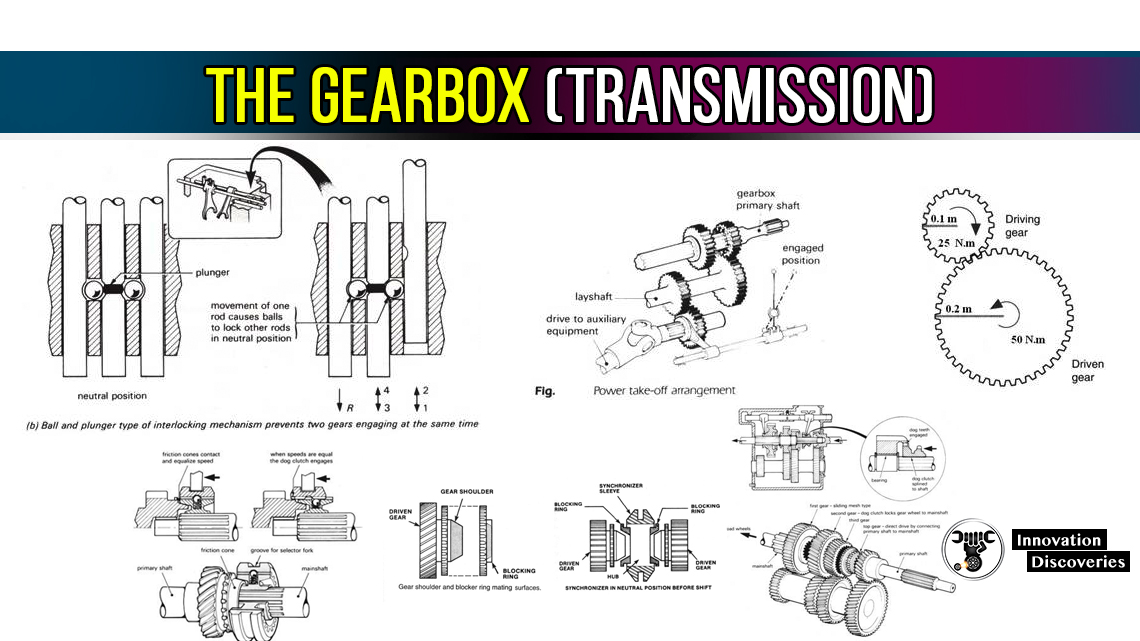
More About Braking Systems
- Top 5 Causes of Steering Wheel Shakes at Low and High Speeds
- HOW HYDRAULIC BRAKE WORKS?
- AIR BRAKE SYSTEM: COMPONENTS, WORKING PRINCIPLE, AND APPLICATIONS
- HOW DOES REGENERATIVE BRAKING WORK?
- 8 REASONS YOUR CAR IS MAKING GRINDING NOISE WHEN BRAKING
- Regenerative Braking System
- JAKE BRAKE VS. EXHAUST BRAKE: WHICH IS BETTER?
- SQUEALING BRAKES AT LOW SPEED: CAUSES AND SOLUTIONS
- TROUBLESHOOTING A HARD BRAKE PEDAL
- CONVERT DRUM BRAKES TO DISC BRAKES IN 3 STEPS!
- CAUSES OF THE BRAKE WARNING LIGHT COMING ON
Visit Forum
Visit Our Friendly Website


